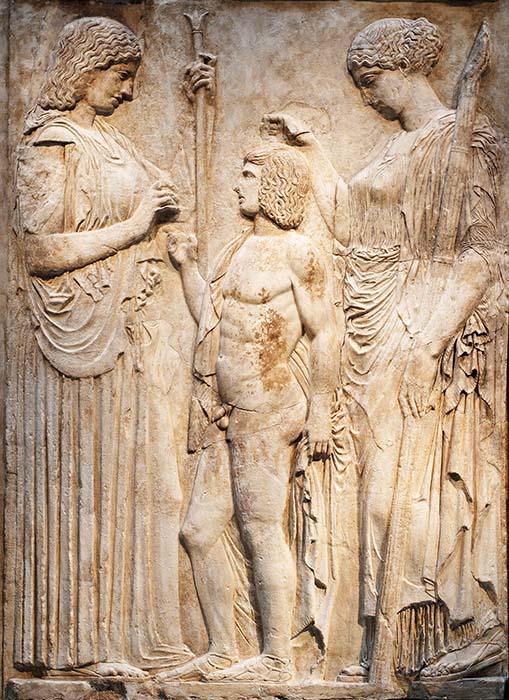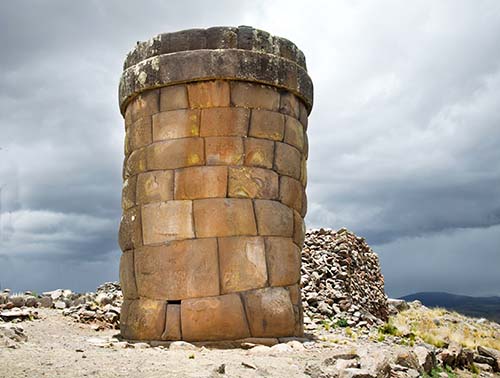LIVING RESURRECTION:
an initiate's best-kept secret
part III


Thus a whole population was brainwashed into accepting Jesus’ resurrection as a one-off miracle, contrary to the laws of nature, even contrary to Jesus’ personal views! But for the new cult of Jesus the God to supplant the old gods he needed to be made acceptable to people of the Roman world and beyond, he had to be seen to possess similar supernatural powers, and so, like the rejuvenating gods of the Egyptians, Persians, Phoenicians and Greeks, Jesus too was made to cross into the Otherworld on the winter solstice and re-emerge as a resurrected god.
Unlike orthodox religion, the Gnostics recognized God as an internal experience, thanks to centuries of secretly acquired knowledge. They could claim the experience, and therefore, an authority that surpassed that of the apostles and their successors, a point made by Jesus in another banned gospel — Apocalypse of Peter — in which he explains to Peter: “those who name themselves bishop or deacon and act as if they had received their authority from God are in reality waterless canals. Although they do not understand the Mystery they boast that the Mystery of truth belongs to them alone. They have misinterpreted that apostle’s teaching and have set up an imitation church in place of the true Christian brotherhood.”
Everyone outside the Church shared the understanding that resurrection was to be achieved while still living, a point stressed in the suppressed Gospel of Philip: “Those who say they will die first and then rise are in error. If they do not first receive the resurrection while they live, when they die they will receive nothing.” In other words, those who believe in a literal interpretation of resurrection are confusing a spiritual truth with an actual event.

The living resurrection ritual survived symbolically into the 18th century via the Third Degree in Freemasonry.
From ancient Egypt and India and right into the classical Greek era, the Mysteries teachings were open to those who passed tests of moral aptitude during a one-year probation, when they were taught the Lesser Mysteries; successful candidates were taught the Greater Mysteries and its secret truths. Philosophers such as Plato — himself an initiate of the Eleusinian Mysteries — describe the final rite of passage as a voluntary near-death experience involving an immersion in a sarcophagus or similar vessel inside a secret chamber, when the initiate’s consciousness was directed out of body, followed by a return into the living body whereupon initiates were declared “risen from the dead.” Upon discovering the true place and nature of his soul, the initiate returned to face the perceived tyranny of physical death without fear because he’d already experienced paradise and was therefore free.
Whilst it was forbidden to reveal the information gleaned from a journey to the Otherworld, each person unanimously describes the experience as the pinnacle of spiritual development that revealed the true nature of the soul and the celestial mechanics that move the universe.
The ritual survived the Inquisition, thanks in part to the Knights Templar who followed the prescription laid down by the Essenes, after the knights rediscovered instructions hidden under Temple Mount, where it was said the elders of Jerusalem “engaged in secret mysteries…of Egyptian provenance, in darkness beneath the Temple of Solomon,” in a secret chamber referred to as “the bridal chamber.”
These rituals, handed down from the time of pharaoh Seqnenre Taa (Taa means ‘The Way’) in Luxor, were already in existence a further fifteen hundred years prior, at which time there appears the concept of an inner group of initiates defined as ‘the living’ who separate themselves from ordinary people, ‘the dead’. This most secret of rituals is still commemorated in the Third Degree of Freemasonry, in which the candidate is lifted from a figurative grave and pronounced ‘risen’.

Pre-Inca towers in Cutimbo contain a beehive chamber and face the Equinox sunrise, the same methodology used in bridal chambers around the world for the resurrection ritual.
Plato reminds us that the point of initiation into the Mysteries is to restore the soul to that state of perfection in which it entered the world, but from whose aim it becomes deflected whilst in the physical body. The Gnostic gospels describe this pursuit as the antidote to the forces of darkness whose primary aim is to frustrate self-empowerment by making people “drink of the waters of forgetfulness...in order that they might not know from whence they came.”
Every political system founded on deception has always promoted the pursuit of “mind blindness.” Esoteric cults liberated humans from this ensnarement through initiation into the cult of Knowledge, from whence they might discover the truth via a shamanic journey. No wonder the suppressed Gospel of Philip advises, “while we are in the world we must acquire resurrection.”
The benefit of living resurrection is to assist people transcend their perceived helplessness by revealing their active role in the process of conscious manifestation. As such, they become masters of their own reality rather than being victims of it, and far from being passive observers, they can make reality respond to their will.
Ultimately the gift is freedom of conscience, precisely as the suppressed Gospel of Thomas reminds us: “Whoever finds himself is superior to the world”
Based on material from The Lost Art of Resurrection: Initiation, Secret Chambers, and the Quest for the Otherworld by Freddy Silva. ©2014. No unauthorized reproduction or sharing please.
Return to Articles